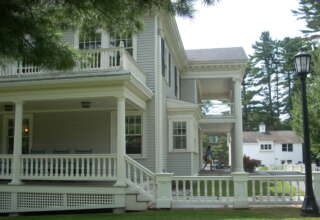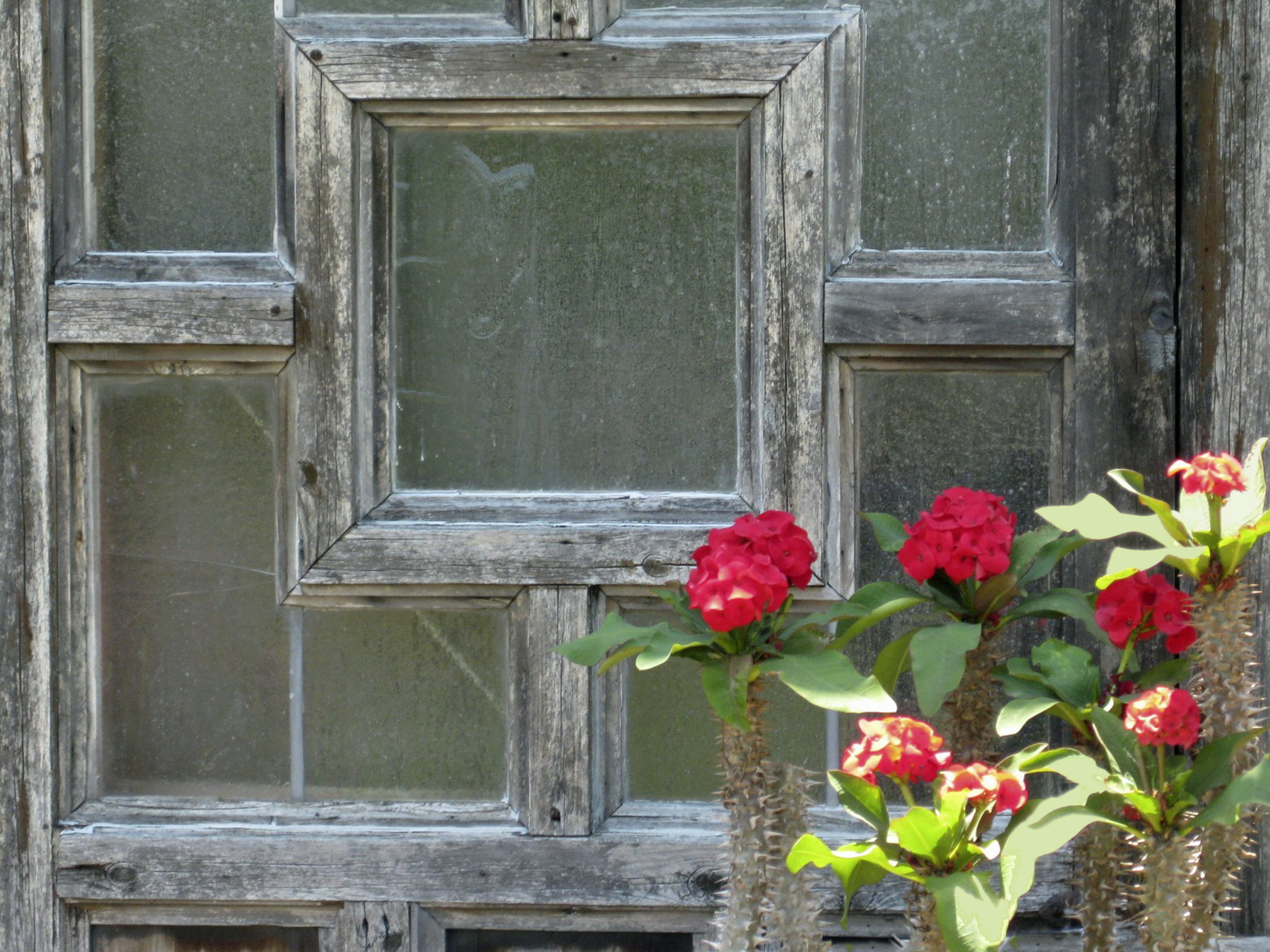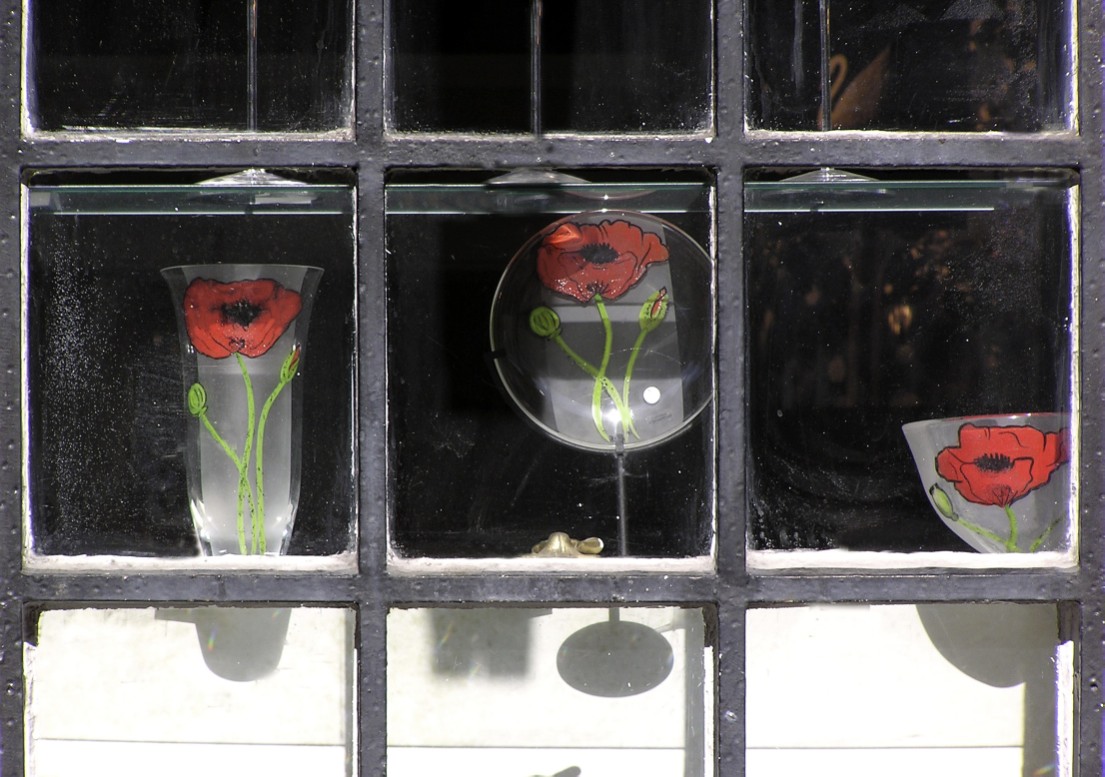
The first response concerns task-focus. Some members of the American school want to forget about complexity of interpersonal relationships and focus on the task. They have bought in the focus on individual achievement. Effective interpersonal relationships are geared exclusively to “bottom-line” results. We all become members of a Survivor cast who are getting along with other people only so that we can be the last ones on the island and can claim the million bucks. The alternative response is to be very sensitive to human interactions and to focus on the group process rather than the task. Primary attention is being directed to one-on-one relationships. The division between task-achievement and human interaction becomes common in the American school. Thus, there are two branches of the American school—each focusing on one-on-one relationships. In the first branch, this focus is directed toward achievement of specific goals, whereas in the second branch it is directed toward improvement of one-on-one interpersonal relationships. A group is generally viewed as a series of interwoven interactions—that is why the Johari Window can be seen as both a model of interpersonal dynamics (Luft’s first book) and a model of group dynamics (Luft’s second book). In a workshop (t-group, sensitivity training) that is run by American school facilitators, it is inappropriate to “speak for the group.” One should always speak for herself and let other people speak for themselves.
The British School
If American society can be represented by a Ranch house, British society might be represented comparably by a Victorian mansion. This building is multi-storied, with cellars, attics and (by the sea) “Widow’s Walks.” There are many rooms in the Victorian mansion—including rooms that are hidden away. These remote rooms are located down at the end of a very dark hallway. The hallway is lit by no more than the natural light that streams in (only during daylight) through beautiful, intricately designed and multi-colored stained glass windows. In this mansion there are many stairways—some of which seem to lead nowhere. I am reminded of the Remington House in San Jose California, where the purpose and orientation of many rooms and stairwells remain mysterious—even after more than a century of research.
The walls of a Victorian mansion are thick. Muted conversations from other rooms are not easily heard through the walls. If they are heard (in faint manner) the conversations are readily misinterpreted. This mansion is not easily remodeled nor is the furniture supposed to be rearranged. There are many cherished antiques that have been in this Victorian home for many years. They are valuable and irreplaceable. All of the objects in this home are old and can easily break if handled in an insensitive manner. Each piece of furniture, each rug, each ornament, each object on display has a rich history and symbolizes something important in the life of those many generations of a specific family who have owned and occupied this home.









